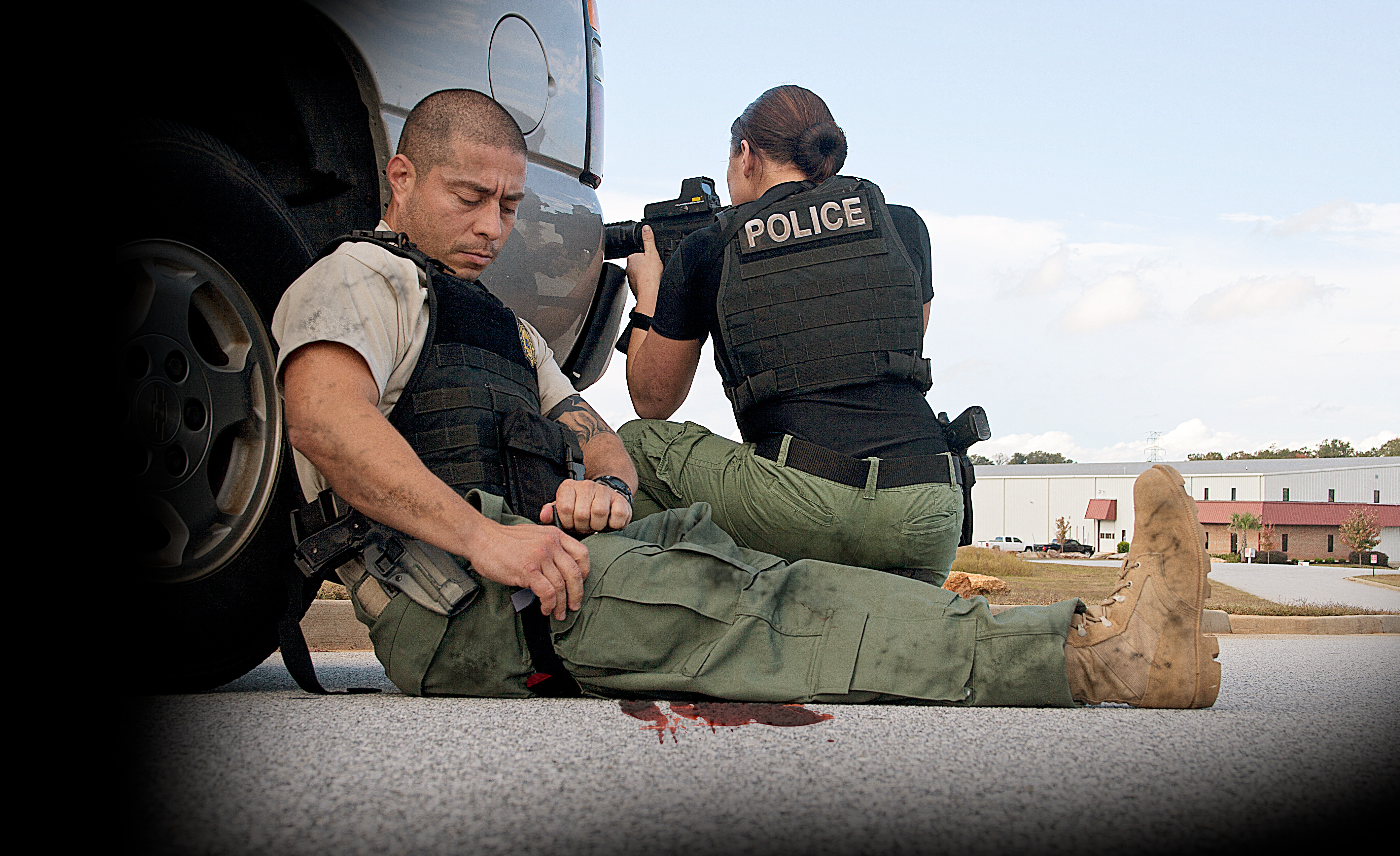Header Image by © North American Rescue®
High and Tight
Why all the discussion about high and tight vs. 2-3 inches above? Well, both locations have advantages and disadvantages so guidelines do their best to provide optimal treatment and minimize complications.
| Advantage | Disadvantage |
|---|---|
| High placement means that you will be able to control bleeding from any spot on the extremity that can be controlled by a tourniquet. Don’t need to expose the wound or find the source of bleeding so it is fast (minimal thinking involved) | By placing a tourniquet high above the wound, you are cutting off blood flow to the entire extremity instead of just the location that needs it. If the tourniquet is in place for a long period of time(goal is no more than 2 hours), this could lead to unnecessary damage in that limb. Therefore, if possible (RIGHT CONDITIONS AND TRAINING) the tourniquet should be placed 2-3 inches above the source of bleeding. |
Consensus:
High and tight is a good location if there is an active threat and you need to quickly apply a tourniquet for extremity hemorrhage. It is also an ideal location for responders who are not trained to fully evaluate injuries to determine the source of bleeding and whether the tourniquet placement is adequately high enough. It is not an ideal location if the tourniquet stays in place for a prolonged period of time.In this situation 2-3 inches above the source of bleeding would be much better.


WHEN IN DOUBT, PLACE THE TOURNIQUET HIGHER.
For any tourniquet used, ideal goal is to get them to a level of care where it can be removed in less than 2 hours. Absolute longest should be 6 hours until definitive care, if it is longer than that, then the tourniquet should be left in place until definitive treatment facility.


